Costa Rica is the number one destination for Adventure Travel
Would you like some adventure and adrenaline combined with nature and wildlife, Costa Rica is the perfect destination.
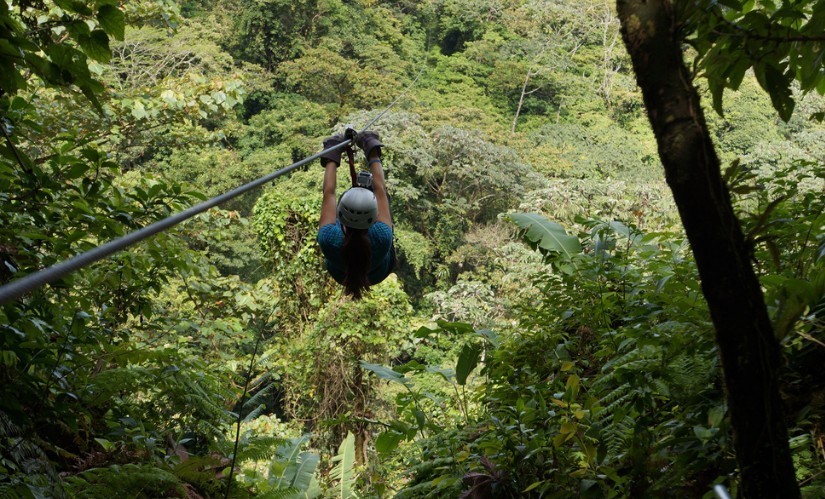
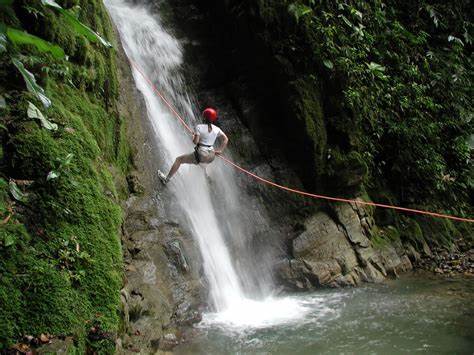
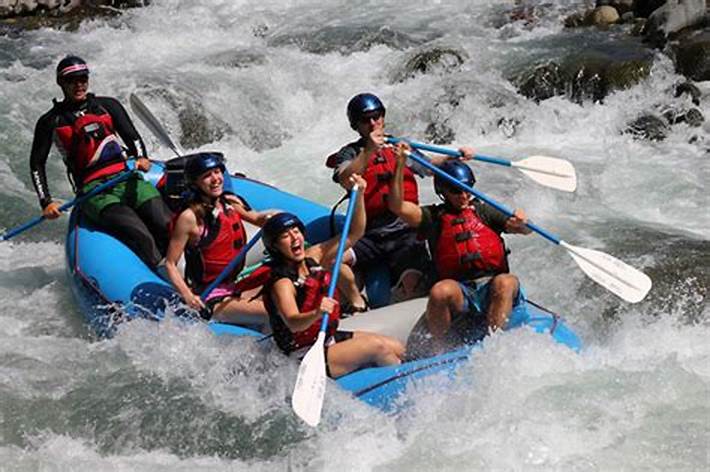
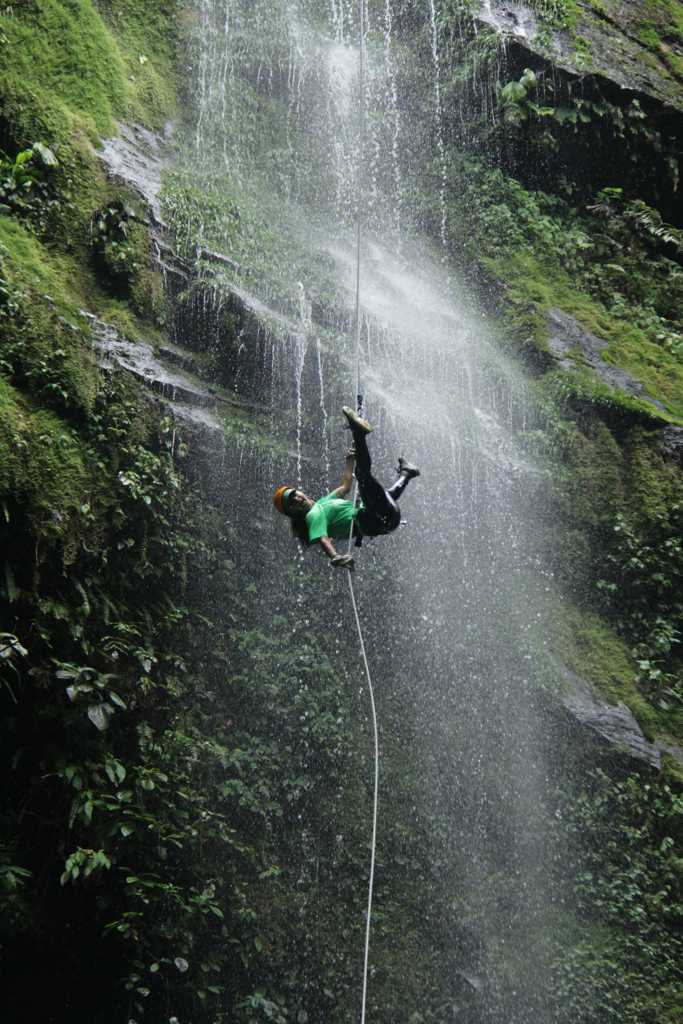
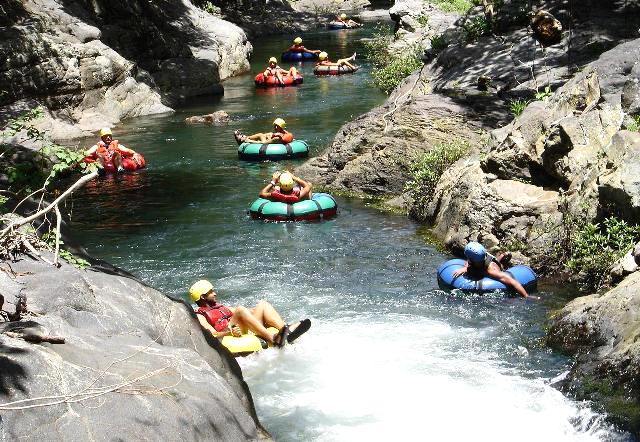
Rafting
Costa Rica offers some world famous spots to go wild water rafting. Go for a day trip of combine your rafting adventure over two days or more with an overnight trip combined with lodging in the middle of the rainforest. Pacuare river is among the world’s best rivers to go rafting because of the amazing natural beauty and technicality of the river.
White water rafting is a popular adventure activity in Costa Rica, where there are several rivers that offer varying levels of difficulty for rafters of all abilities. The most popular rivers for rafting in Costa Rica include the Pacuare River, Sarapiquí River, Savegre River, Reventazón River, and Naranjo River.
The Pacuare River is considered one of the best white water rafting rivers in the world and offers a thrilling adventure with numerous Class III and IV rapids. The Sarapiquí River is also a popular option with Class III and IV rapids and is suitable for both experienced and novice rafters.
The Savegre River is known for its spectacular scenery and offers a more leisurely rafting experience with Class II and III rapids. The Reventazón River has both Class III and IV rapids and is a great option for intermediate rafters.
The Naranjo River is a more challenging river with Class IV and V rapids and is best suited for experienced rafters.
Most white water rafting tours in Costa Rica include trained guides, safety gear, and equipment, and can be arranged through tour operators in popular tourist areas like La Fortuna, Manuel Antonio, and San Jose. It is recommended to book a tour in advance and choose a reputable tour operator with experienced guides to ensure a safe and enjoyable rafting experience.
Canyoning
Canyoning, also known as canyoneering, is a popular adventure activity in Costa Rica. It involves exploring canyons and gorges by walking, climbing, jumping, rappelling, and swimming through waterfalls, pools, and streams.
The country has many canyoning tours and destinations available, spread throughout different regions. Some of the best-known canyoning spots in Costa Rica are located in Arenal, Monteverde, Dominical, and Jaco.
The tours are usually guided, and a typical excursion last around 3-4 hours. The tour companies provide the necessary gear and equipment such as helmets, harnesses, and ropes.
Canyoning in Costa Rica is accessible for all skill levels, from beginners to advanced. It is a great way to experience the country’s stunning natural scenery and enjoy outdoor adventure. However, some tours require a certain level of physical fitness and may not be suitable for everyone.
Safety is always a top priority, and all the tour companies follow strict safety guidelines and procedures to ensure a safe and enjoyable experience for all participants.
If you are interested in Canyoning in Costa Rica, research different tour companies to find one that fit your preferences and skill level. Make sure to read reviews and ratings of each company, and always follow the instructions of your guide for a safe and enjoyable experience.
Tubing
Tubing in Costa Rica is a popular adventure activity that involves floating down river rapids in an inflatable tube. It can be enjoyed by individuals of all ages and is a great way to experience the beauty of Costa Rica’s river and jungle environments.
There are several tubing locations throughout Costa Rica, with some of the most popular being the Rio Negro, Rio Colorado, and the Sarapiqui River. Each location offers unique experiences, from calm and easy-going rivers to more challenging rapids.
Tubing tours usually include transportation to and from the river, safety equipment, and a guide who will lead the group down the river. Some tours may also include other activities such as zip-lining or waterfalls.
When planning a tubing excursion, it is important to pack sunscreen, water shoes, and a change of dry clothes. It is also recommended to check weather conditions and river levels to ensure the safety of the activity.
Overall, tubing in Costa Rica is a fun and exciting way to explore the country’s natural beauty and is a must-do activity for adventure seekers.
Snorkeling
Costa Rica is known for its beautiful beaches and crystal-clear waters, making it an ideal destination for snorkeling enthusiasts. Here are some of the best places to go snorkeling in Costa Rica:
Caño Island – Considered as one of the best snorkeling spots in Costa Rica, Caño Island has crystal-clear waters and a rich marine life. You can see different species of fish, sharks, dolphins, sea turtles, and octopuses.
Manuel Antonio – Located in the Central Pacific coast of Costa Rica, Manuel Antonio has a diverse marine life and coral reefs. You can see angelfish, pufferfish, parrotfish, and much more.
Tortuga Island – This beautiful island has a mixture of sandy beaches and coral reefs. You can find different species of fish, manta rays, and even whales in the area.
Bat Islands – This remote snorkeling spot is located off the coast of Guanacaste province. Bat Island is known for its strong currents and a diverse marine life including giant manta rays, bull sharks, and humpback whales.
Before heading out to snorkel in Costa Rica, it’s important to keep the following in mind:
Always snorkel with a buddy and never alone
Wear protective gear like wetsuits and fins
Don’t touch the marine life
Don’t litter, and take any trash with you
Respect the natural environment and wildlife.
Overall, Costa Rica’s beaches and underwater world offer an unforgettable experience for any snorkeling lover.
Hiking
National Parks: Costa Rica has more than 30 national parks where you can go hiking. Some of the popular national parks for hiking are Corcovado National Park, Arenal National Park, and Manuel Antonio National Park.
Climate: Costa Rica has a tropical climate with two seasons- dry and rainy. The dry season is from December to April, and the rainy season is from May to November. The best time to go hiking is during the dry season when the trails are dry.
Trail difficulty: Costa Rica has a mix of easy, moderate, and challenging trails. If you’re a beginner, you can try hiking to La Fortuna Waterfall or Monteverde Cloud Forest Reserve. For experienced hikers, the challenging trails of Corcovado National Park or Cerro Chirripo will offer a great experience.
Wildlife: Costa Rica has a rich variety of fauna and flora. As you hike, you can encounter exotic animals like monkeys, sloths, toucans, and snakes. Make sure to carry a camera to capture these beautiful moments.
Safety: Hiking in Costa Rica requires you to be careful and cautious. Make sure to carry enough water, wear comfortable and sturdy shoes, and follow the trail signs. Also, avoid hiking alone, especially in remote areas.
Guided hikes: If you’re unsure of the hiking trails, you can hire a professional guide to accompany you. They will provide you with additional knowledge of the flora, fauna, and history of the area.
Overall, hiking in Costa Rica is a must-do activity for nature lovers. With its lush forests, exotic wildlife, and diverse landscapes, it’s an experience that will stay with you for life.
Mountain bike
Mountain biking in Costa Rica is a popular adventure activity for both locals and tourists. The country has a diverse range of terrains to offer, including dense forests, rocky terrains, and challenging trails. Here are some key points to know about mountain biking in Costa Rica:
Trails: There are over 400 trails in Costa Rica, ranging from easy to difficult levels. Some of the most popular trails include the La Paz Waterfall Gardens Trail, Irazu Volcano Trail, and Monteverde Cloud Forest Reserve Trail.
Guided tours: Many tour operators in Costa Rica offer mountain biking tours. It is always recommended to go for a guided tour to ensure safety and get the most out of the experience.
Biking season: The best time to go mountain biking in Costa Rica is from November to April, which is the dry season. However, biking is possible all year round, but it might be challenging during the wet season (May-October).
Equipment: Many bike shops in Costa Rica offer rentals and repairs. However, it is always recommended to bring your own equipment for better comfort and safety.
Safety: It is important to wear a helmet and proper biking gear to avoid any injuries. It is also best to stick to the trails and not venture into unknown areas.
Cost: The cost of renting a bike in Costa Rica starts at approximately $25 per day, and guided tours can cost anywhere between $50 to $150 depending on the duration and location.
Overall, mountain biking in Costa Rica offers an exciting and unique way to explore the country’s natural beauty while getting your adrenaline pumping.
Horse-back riding
Costa Rica is known for its beautiful landscapes and diverse wildlife, making it a great destination for horseback riding. Here are some things to know:
There are many riding tours available in different regions of the country, such as the Arenal Volcano, Monteverde Cloud Forest, or the beaches of Guanacaste.
The tours are typically led by experienced guides who can take riders through forests, up mountains, and along rivers and other scenic spots.
The horses used are often well-trained and healthy, and are selected for each rider based on experience and skill level.
Many tours offer the option of riding for several hours or even days, and may include camping or other amenities.
It is important to wear appropriate clothing, including long pants and closed-toe shoes, as well as hats and sunscreen to protect against the sun.
Some tours may also include meals, drinks, and other activities, such as zip-lining or swimming in natural springs.
Overall, horseback riding is a fun and unique way to explore the natural beauty of Costa Rica. Just make sure to choose a reputable tour operator and follow safety guidelines to ensure a memorable and safe experience.
Canopy/Zipline
Canopy tours are one of the most popular adventure activities in Costa Rica. They involve ziplining from platform to platform while suspended high above the ground in the forest canopy.
Here are some key things to know about canopy tours in Costa Rica:
Safety: Canopy tour operators in Costa Rica are required to follow strict safety regulations. This includes regular equipment inspections and staff training. Always check that the operator has all the permits and certifications required by the government.
Locations: There are many locations in Costa Rica where you can experience a canopy tour. Some of the most popular ones are in the Monteverde Cloud Forest, Arenal Volcano, and Manuel Antonio National Park.
Length and height: Canopy tours vary in length and height. Some tours have only a few ziplines while others have dozens. Heights can range from a few meters to over 100 meters.
Cost: The cost of canopy tours in Costa Rica ranges from around $50 to $100 per person. Prices can vary depending on the location, the number of ziplines, and the duration of the tour.
Health requirements: Canopy tours require some degree of physical fitness. You should be able to walk up stairs and hills and be able to support your own weight on the zipline equipment. Some companies have weight restrictions for safety reasons.
What to bring: Wear comfortable clothes and closed-toe shoes with good traction. Sunscreen, insect repellent, and a hat are recommended. Most tours provide helmets and other safety gear.
Overall, canopy tours are a thrilling and unique way to experience the beauty of Costa Rica’s forests and wildlife. Just make sure to do your research and choose a reputable and safe operator.
